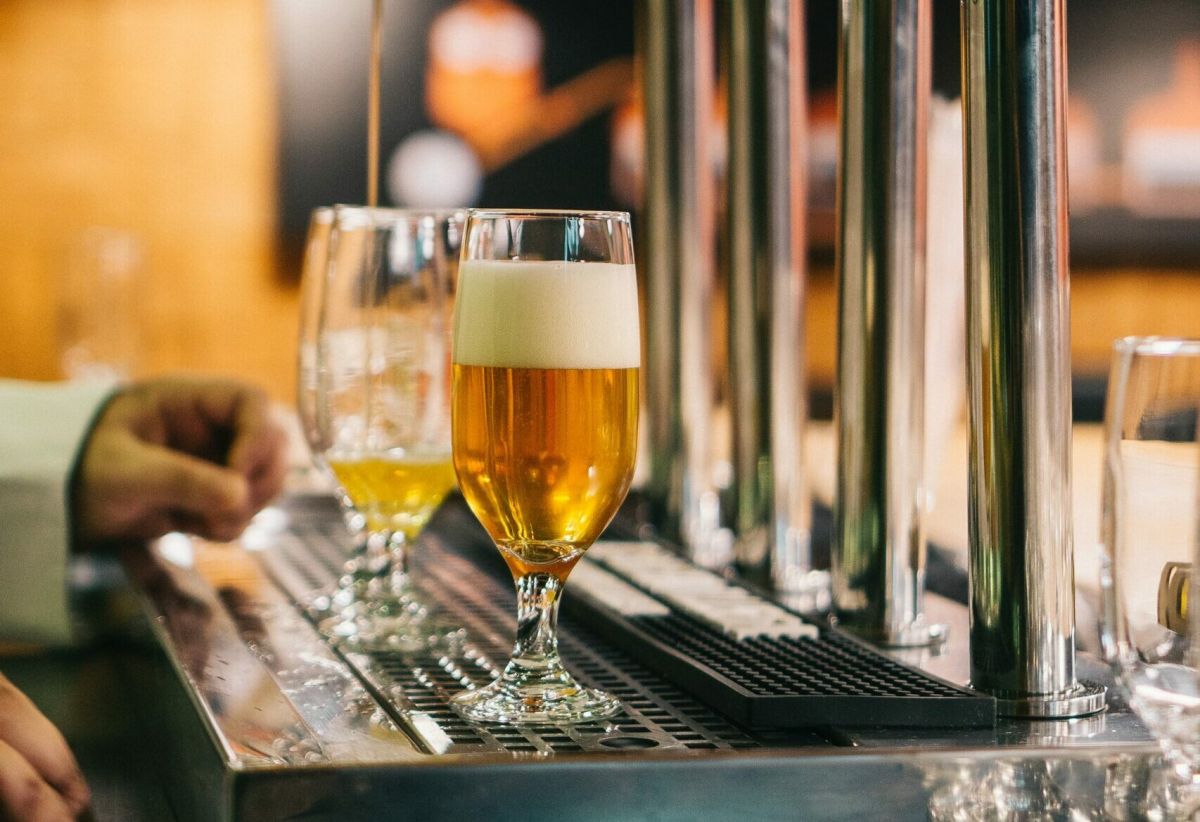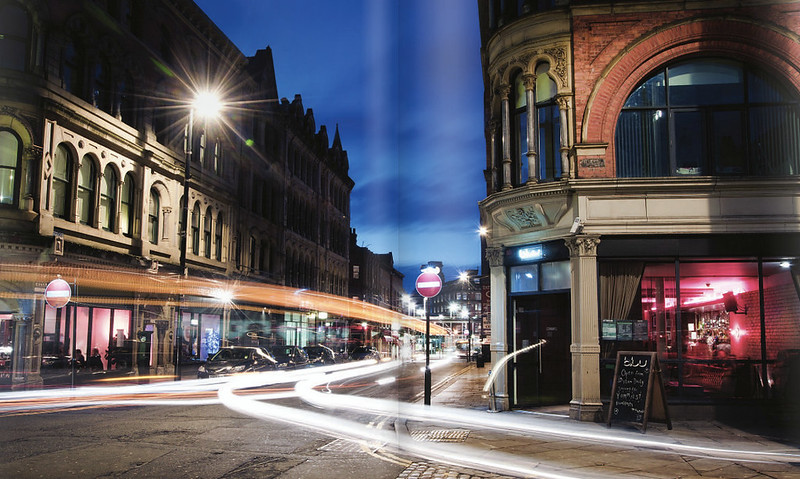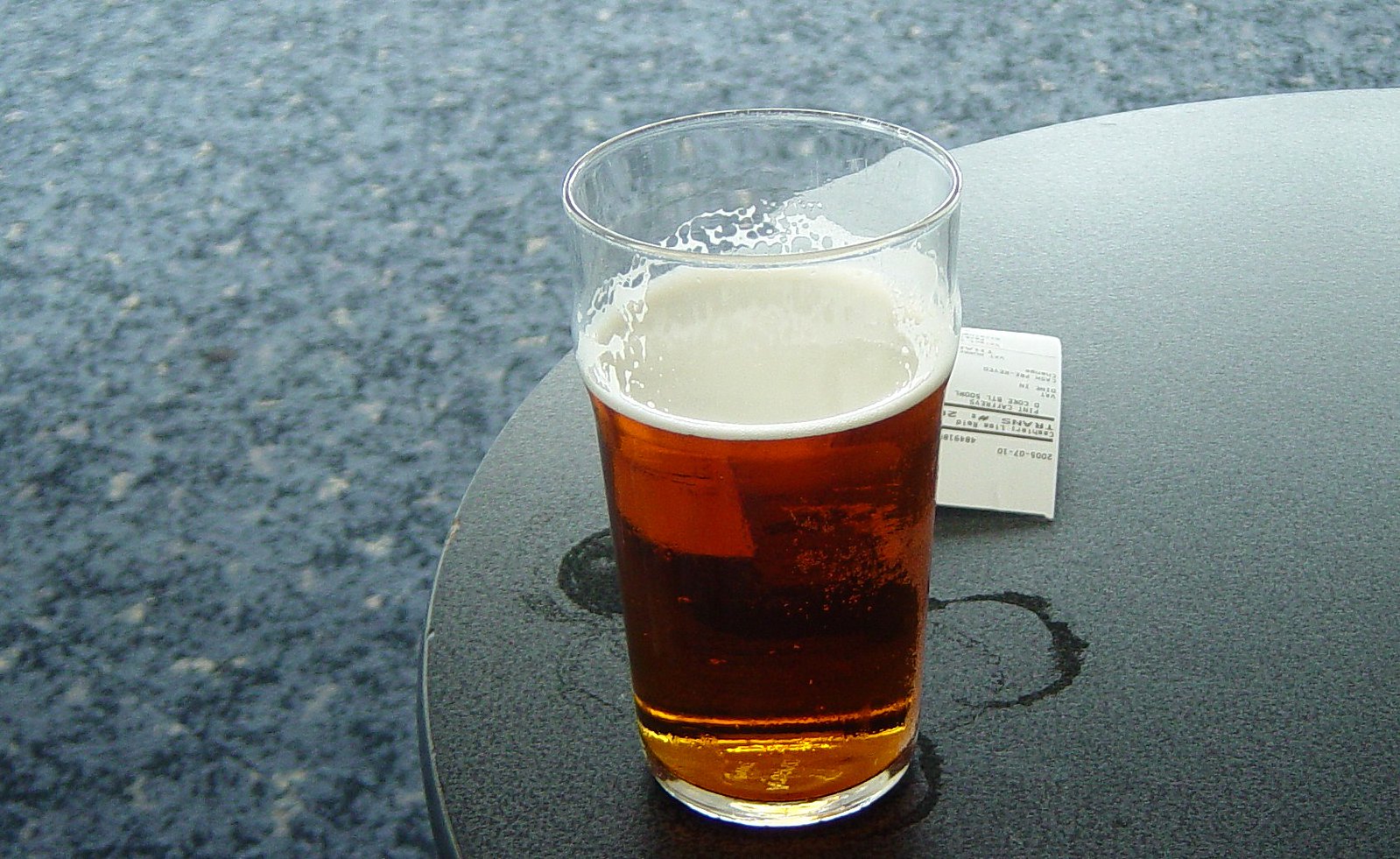Booze without the hangover: The science behind a low-alcohol pint

Words by Helen Barber
For students up and down the country alcohol is a socialising crutch. Considered by many to be a staple, most student events seem to revolve around it. With alcohol temporarily helping to lower anxiety and stress levels allowing students, especially freshers, to engage more easily in social situations and meet new people.
A city teeming with bars and clubs, Manchester is no exception, as any night-time walk in the city centre would show. However, for all the fun drinking can bring, there is an equal amount of danger involved, something many students are not ignorant towards. Low-alcohol is perhaps something to consider as an alternative.

Alongside the well-known long-term health concerns, there are the immediate dangers involved with partially or completely losing consciousness. Being unable to make sound decisions on a night-out is a risky business: impaired inhibitory controls can lead to students making regrettable choices, while the compromised sense of danger alcohol induces can leave students vulnerable. Consequently, there has been an increasing trend towards students moving away from drinking, either limiting their alcohol consumption or quitting altogether.
The beer brewing process
Brewing involves several stages.
First, brewers convert barley into malt through soaking and heating, initiating starch breakdown. The malt is then milled and mashed with hot water, further converting barley’s indigestible starch into fermentable sugars like maltose and glucose. The sugary water component of this mixture, called wort, is separated out and boiled with hops. It’s the hops that start producing most of the flavour compounds, with different hops generating different compounds, contributing to the distinct tastes and aromas seen amongst beers. Finally, yeast is added, fermenting the wort’s sugars into ethanol, as well as other compounds that influence beer flavour.
The steps preceding yeast fermentation, other than providing sugary delights for the yeast to consume, impact the flavour profile of the beer that is being produced. Alterations at these stages can modify the beer’s composition, impacting both its alcohol content and taste.
A dilemma when changing this process to make low- or no-alcohol beer is that the resulting beverages often have a dull flavour, as alcohol removal also removes the flavour compounds generated in beer production. Much of the work done on low-alcohol brewing has been focused on overcoming this problem.
Making low-alcohol beer
In the UK, your average pint will typically have an alcohol by volume (ABV) of around 4-5%. For a beer to marketed as low-alcohol it must have a 1.2% ABV or lower under UK law, a dramatic decrease. A step further, non-alcoholic beer must have an ABV of 0.05% or lower. How then is beer brewed to these lower alcohol concentrations?
Low-alcohol and non-alcoholic beer also differ in production methods. For non-alcoholic beer yeast fermentation is removed entirely, stopping ethanol production and sometimes also production of these final flavour compounds, occasionally leading to the ‘dull’ beer problem. For low-alcohol beer, fermentation is limited rather than stopped completely. This allows for low-alcohol content while still producing some of the all-important flavour compounds.
This can be achieved through techniques like using yeast strains unable to ferment maltose (the primary sugar in wort), fermenting at cold temperatures (below 10°C) to reduce enzymatic activity and therefore ethanol production, and restricting the wort’s sugar content to limit ethanol levels. This, though they didn’t know it, is what Middle Ages brewers were doing when brewing Small Beer. By using leftover mashed malt, their wort contained limited fermentable sugars.
Other methods allow fermentation to take place normally, and the alcohol content is removed afterwards. Some examples might be using high-alcohol beer and subsequently diluting it, de-alcoholising with membranes, or thermally with vacuum distillation. Diluting high-alcohol beer down involves adding additional compounds post-dilution, like lactic acid to acidify the beer to the correct pH (important for taste), and pumping through CO2 for carbonation, giving the beer its bubbles. These methods produce beer similar in composition to a typical four to five percent pint, but with reduced alcohol content.
The advantages to low-alcohol drinks
Drinking less can have both short and long term benefits, such as improved energy, lowered blood pressure, and better mood, memory and quality of sleep. Despite this, limiting alcohol consumption can often be a challenging decision. Many students worry about the impact it may have on their social life, and if it will affect their relationships.
But it can also be hard to drink less. As we know, alcohol is addictive: drinking releases the neurotransmitter dopamine, a chemical involved in feelings of motivation and pleasure. This dopamine release causes the drunk ‘buzz’, and even the mere thought of drinking alcohol can begin dopamine release, motivating the thought to be turned into action.

Alternatives to drinking, then, are important. The rise of sober socials in university settings is a step towards this, and there has also been a recent explosion in bars offering low- or non-alcoholic options, accommodating those who wish to limit their alcohol intake while still engaging in drink-orientated social gatherings.
The reinvention of low-alcohol beer
While low-alcohol beer has seen a dramatic increase in recent years, it’s a revival rather than an invention. Historically, while beer brewing dates to the ancient Sumerian period, most beer would have been lower in alcohol than the standard modern beer. Small Beer, commonly drank in the Middle Ages as an alternative to unclean water, was low in alcohol, and would have been classified as a low-alcohol beer if produced today. Now, however, our options for low-alcohol beer production have expanded with a multitude of production methods available.
What’s next?
Due to the increase in demand for alcohol-free drinks, low-alcohol and non-alcoholic beer has seen dramatic improvement in recent years. Many of the leading breweries have put out their own low-alcohol beers, often tasting similar if not the same to their standard beers. The idea that alcohol-free beer is inherently less flavourful to alcoholic beer is long gone. This demand has also expanded to other drinks, with alcohol-free cider, wine and spirits now available.
Rather than being a fad, as drinking lessens amongst students, demand for lower alcohol products will only grow. In the future, we are likely to see further refinement of low- and non-alcoholic beer production, accompanied by improved flavour and taste.







